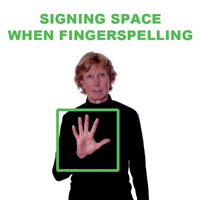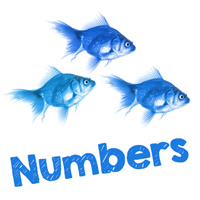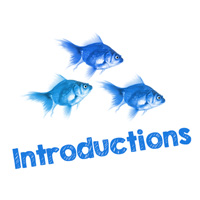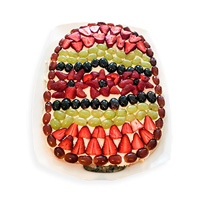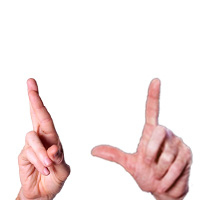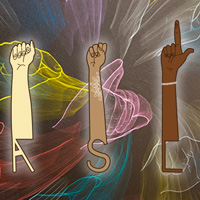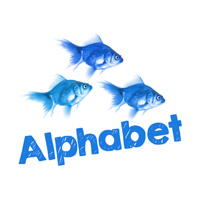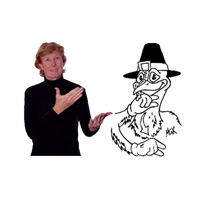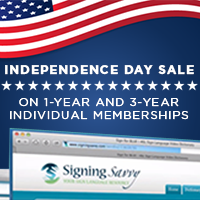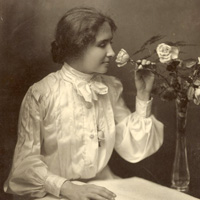Learning Tips Articles
Signing Space When Fingerspelling
It is important to be consistent with your posture and hand placement to create the best signing space when fingerspelling. Check out these useful tips for best results.
Signs That Are Close... But Not the Same — Numbers
This article is part of our “Signs That Are Close... But Not the Same” series, which highlights signs that look similar, but have different meanings. The signs discussed in this article include signs related to numbers: (1) 3 vs. 6 vs. 9, (2) 6 vs. 7 vs. 8 vs. 9, (3) 72 vs. 76, (4) Single Digit vs. Teen Numbers, (5) Double Numbers, (6) 99 vs. French Fries, (7) Rocking Numbers, and (8) 1,000 vs. 1,000,000
What is Fingerspelling?
Are you wondering what fingerspelling means, or when to fingerspell words? Are you interested in learning good ways of practicing fingerspelling? Read the article for some very helpful information.
Signs That Are Close... But Not the Same — Introductions
This article is part of our “Signs That Are Close... But Not the Same” series, which highlights signs that look similar, but have different meanings. The signs discussed in this article include (1) Name vs. Weight, (2) I vs. You, (3) You / He / Her vs. Your / His / Hers (4) Your vs. My, (5) My / Mine vs. I / Me, (6) Deaf vs. Dorm vs. Home vs. Native American, (7) Good vs. Bad, (8) No vs. 20 vs. Duck vs. Chicken, and (9) Meet (as in “I met”) vs. Meet (as in “meet me”) vs. Meet (as in “they met”) vs. MEET (as in, "to meet many people").
Cooking Up Language with Signs: Fruit Pizza
Today we’re cooking up Fruit Pizzas. These are so cute. You can easily customize them to be themed for a special event or holiday. It’s also fun to have kids decorate their own. The article features a recipe and accompanying Signing Savvy word list to get you started on an interactive cooking activity that is great for spicing up language learning at home or in the classroom.
Does it matter which hand I sign with? Using Your Dominant Hand When Signing
Are you a new learner to signing and wondering which hand you should use ... especially if you are left-handed? Read on to discover tips on choosing which hand should be your "dominant hand" for signing.
What is American Sign Language (ASL)?
American Sign Language (ASL) is a full, natural language that has developed through use. Read the article to learn more about ASLs complex and interesting characteristics and its relationship to Deaf culture.
Signs That Are Close... But Not the Same - Alphabet
This article is part of our “Signs That Are Close... But Not the Same” series, which highlights signs that look similar, but have different meanings. The signs discussed in this article are all from the alphabet: (1) A vs. S vs. T, (2) A vs. E, (3) E vs. O vs. C, (4) P vs. K, (5) 1 vs. D vs. K, (6) G vs. H vs. Q vs. U vs. N, (7) N vs. M, (8) R vs. U, and (9) J vs. Z
Signs That Are Close... But Not the Same - Iconic Signs
This article is part of our “Signs That Are Close... But Not the Same” series, which highlights signs that look similar, but have different meanings. The signs discussed in this article include (1) Type vs. Piano, (2) Pencil vs. Write, (3) Ice Cream vs. Microphone, (4) Telephone vs. Cell Phone, (5) Telephone vs. Call, and (6) Tree vs. Deaf Applause.
ADVERTISEMENTS
